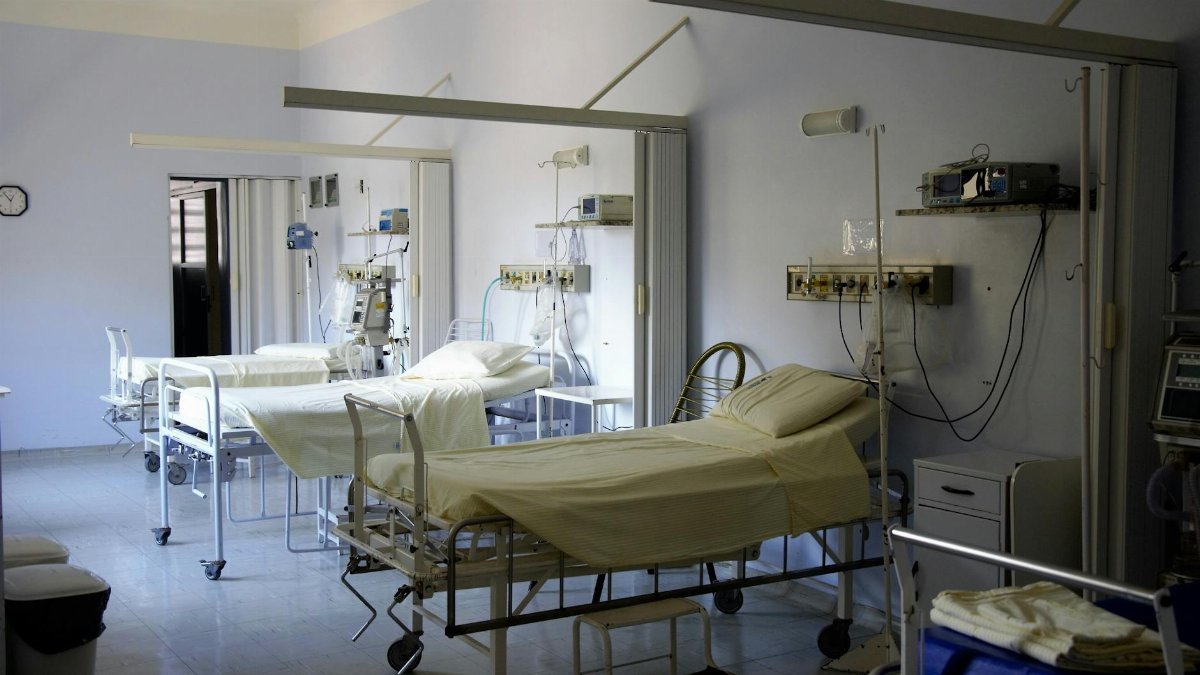Maine school mental health is causing a major shift in rural education this year. On April 12, 2025, Governor Janet Mills signed a groundbreaking bill, LD 1782, allocating $12 million from the FY 2026 surplus to establish 15 on-campus mental-health clinics in rural and coastal high schools. Set to open by August 2026, these clinics aim to address the pressing mental-health needs of teens, with sponsors projecting a 50% reduction in psychiatric emergency room visits for 14- to 18-year-olds within two years. This initiative marks a bold step forward for student well-being.
A Historic Investment in Student Mental Health

Governor Janet Mills’ signing of LD 1782 represents a significant commitment to tackling mental-health challenges among Maine’s youth, particularly in underserved rural and coastal areas. The $12 million funding, drawn from the state’s FY 2026 surplus, will directly support the creation of dedicated on-campus clinics. This move comes at a time when national data highlights a growing crisis, with the Centers for Disease Control and Prevention reporting rising rates of anxiety and depression among teens across the U.S. in 2025.
Targeting Rural and Coastal High Schools

The focus on rural and coastal high schools addresses a critical gap in access to mental-health services. Students in these regions often face long travel distances to reach providers, exacerbating delays in care. By placing clinics directly on campus, the state aims to remove barriers, ensuring that help is just steps away. The selection of these 15 sites prioritizes areas with historically limited resources, a strategic effort to level the playing field for Maine’s most isolated communities.
Staffing and Tele-Psychiatry Support

Each of the 15 clinics will be staffed with at least one Licensed Clinical Social Worker (LCSW), trained to provide counseling and support for a range of mental-health concerns. Additionally, the clinics will connect students to MaineHealth via tele-psychiatry for medication management. This hybrid model combines in-person care with remote access to psychiatric expertise, maximizing the reach of limited resources. It’s a practical solution tailored to the unique challenges of rural healthcare delivery.
Ambitious Goals for Emergency Room Diversion

One of the most striking promises of LD 1782 is its projected impact on emergency room visits. Sponsors of the bill anticipate a 50% reduction in psychiatric ER visits among 14- to 18-year-olds within two years of the clinics’ launch. By providing early intervention and consistent care on campus, the initiative seeks to prevent crises that often lead to costly and traumatic ER trips. This goal underscores the urgency of proactive mental-health support for Maine’s teens.
Tracking Progress with Annual Dashboards

To ensure accountability, the law mandates the release of annual dashboards tracking key metrics. The first report, due on June 1, 2027, will measure outcomes such as reductions in wait times for mental-health services, the number of ER diversions, changes in PHQ-9 depression screening scores, and parent participation in related programs. These dashboards will provide a transparent look at whether the clinics are delivering on their promises, offering data-driven insights into their effectiveness.
Introducing the 988 Familiarization Course

As part of the broader mental-health strategy, LD 1782 also launches a new “988 Familiarization” course for parents, set to begin in October 2025. This program aims to educate families about the national 988 Suicide & Crisis Lifeline, ensuring they know how to access immediate help when needed. Parent attendance will be tracked in the annual dashboards, reflecting the state’s emphasis on community-wide engagement in mental-health awareness and crisis prevention.
Broader Context of Teen Mental Health in 2025

The Maine school mental health initiative aligns with national efforts to address a growing teen mental-health crisis. According to the National Institute of Mental Health, nearly one in five U.S. adolescents experienced a major depressive episode in recent years, a trend that persists into 2025. Maine’s targeted approach with on-campus clinics could serve as a model for other states grappling with similar challenges, especially in rural areas.
Challenges and Expectations Ahead

While the initiative has generated optimism, questions remain about implementation. Establishing 15 fully operational clinics by August 2026 is an ambitious timeline, particularly given potential staffing shortages and the complexities of integrating tele-psychiatry systems. Still, the state’s commitment to transparency through annual reporting offers a mechanism to address hiccups. Stakeholders will be watching closely to see if the projected outcomes, especially the dramatic cut in ER visits, come to fruition.
